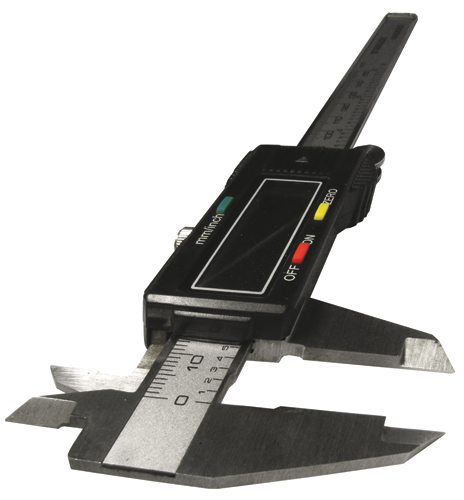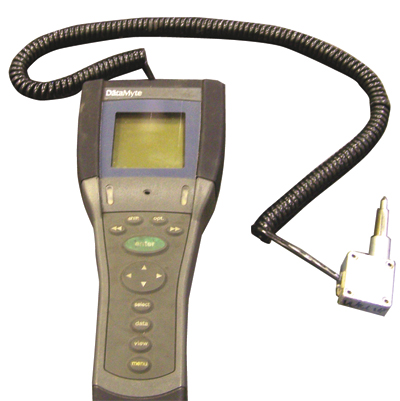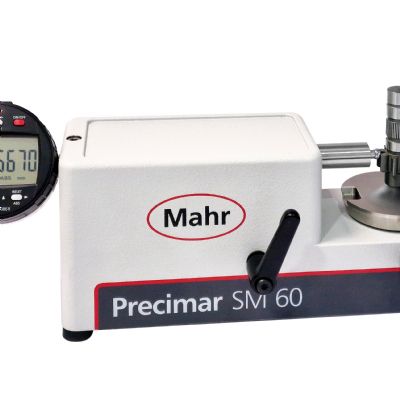Dimensional Measurement of Automotive Stampings
May 1, 2012Comments
The Holy Grail of measurement is to develop one system for the stamping plant that can potentially perform all of the required functions with reliability, repeatability and accuracy. Here we present the pros and cons of a few of the most common dimensional-measurement systems.
 Measurement systems for automotive stampings can cause controversy through the automotive enterprise, since these systems vary from the body shop to general assembly due to operational efficiency and other requirements. Basically, it boils down to the ‘stamping guy’ not measuring parts correctly, and therefore not providing parts to the right specifications.
Measurement systems for automotive stampings can cause controversy through the automotive enterprise, since these systems vary from the body shop to general assembly due to operational efficiency and other requirements. Basically, it boils down to the ‘stamping guy’ not measuring parts correctly, and therefore not providing parts to the right specifications.
Body-shop workers often will check a panel in ‘free state’ based on geometric dimensioning and tolerancing (GD&T), where only the A-B-C datums are engaged and dimensions are taken, with the expectation of the stamping behaving like a rigid body. While die compensation—to bring the dimensional adherence to the requirements to the GD&T—has developed by leaps and bounds, the expectations of the body folks often are unrealistic, though it clearly is getting closer to the requirements for clamping the secondary datums.
This is stated as a prelude to the following discussion of various measurement systems, since proper use of GD&T to datum a part is significant to the success of the measurement system.
In a die shop or stamping plant, two important measurements must take place. First, part measurements must be reliable, repeatable and accurate. Then we need a system to accurately measure the dies, enabling the use of the data to generate offsets to the surfaces measured. This process will allow the end product to be manipulated to provide a stamping that meets design requirements and, therefore, eliminate assembly issues. The holy grail of measurement systems is to develop one system for the stamping plant that can potentially perform all of the required functions with reliability, repeatability and accuracy, while being highly flexible to enable the user to obtain the measurements he desires shortly after the need for the measurement is determined.
Here we present the pros and cons of a few of the most common dimensional-measurement systems.
Feeler, Step and Pin Gauges, and Hole Position/Size Templates
This is the simplest form of stamped-part measurement, providing the die maker and the stamper a good sense of the dimensional accuracy of a panel. While this type of measurement approach typically is simple, the designer/manufacturer of the checking fixture must plan to include rails around the part to enable the use of feeler/step gauges around the panel. This technique enables relatively quick measurements, and allows inspection wherever rails are available—critical for areas of components where parallelism matters, such as door outer edges. 
Feeler and step gauges (shown here) offer simplicity when measuring stamped parts, providing the die maker and the stamper a good sense of the dimensional accuracy of
a panel.
A significant disadvantage of this measurement method is the cost incurred to build rails onto fixtures, and the lack of documentation. Over the life of a typical fixture, its use typically will diminish as the stamped product attains dimensional stability. A significant portion of part measurement takes place during die verification and tryout, during which the process stabilizes and the part requires less frequent inspection. Also, we often see use of hand-written documents (sometimes scanned into electronic files) to document these measurements, not ideal for entering results into a database for future access. One other significant disadvantage: the lack of repeatability and reproducibility, since these techniques are highly operator dependent and require extensive operator training.










